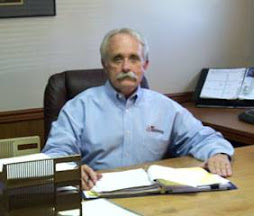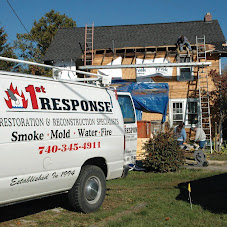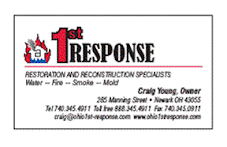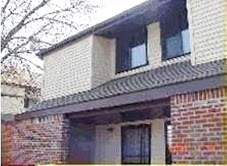Craig Young and 1st Response say consider using the following flood damage prevention tips:
•Install a sewer backflow valve to prevent sewage from backing up into the house.
•Elevate water heaters, furnaces, washers and dryers at least six inches above basement floors or move them to an upper floor. Use a licensed contractor when making plumbing or electrical changes.
•Raise electrical panel boxes, switches, and outlets at least one foot above the 100-year flood level. For help in determining the 100-year flood level in your area, check with local officials.
•Cut drywall to at least one-half inch above the floor, especially in basements. Concrete floors commonly absorb ground moisture which travels up the wallboard allowing mold to grow unseen within the walls. Seal the gap between the wallboard and the floor with wood or rubberized floor trim.
•Anchor a fuel tank by securing it to a large concrete slab or to ground anchors using metal straps.
•Add waterproof veneer to exterior walls and seal all openings, including doors.
•Use flood-resistant building materials – materials that can withstand direct contact with floodwaters for at least 72 hours without being significantly damaged. These building materials are available at many home improvement stores.•Build interior and exterior floodwalls. A watertight masonry floodwall can be constructed to enclose furnaces, utilities and appliances on the lowest floor of the building. On the outside, a similar wall could be constructed around the perimeter of the basement opening to keep water from entering.
Monday, May 23, 2011
1st Response suggestitons .......
Labels:
1st response,
central ohio,
craig young,
first respoonse,
flood,
newark,
water
Subscribe to:
Post Comments (Atom)













No comments:
Post a Comment